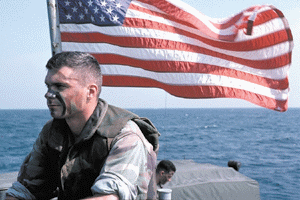

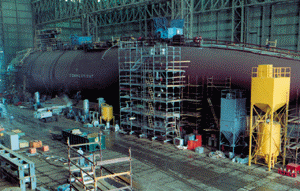
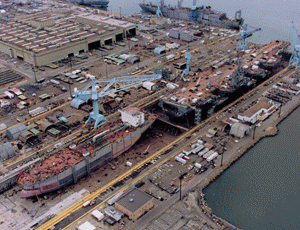 a
multi-year procurement of 13 DDG-51s from FY 1998 through 2001
that, in addition to helping preserve critical industrial
capabilities, will save U.S. taxpayers more than $1 billion
compared to the traditional, annual procurement strategy. Fifty-
seven DDGs are in the Navy’s plan — 25 have been delivered
through 1998 and another 20 are currently under contract —
before the Navy transitions to the revolutionary new-design DD-
21 Land-Attack Destroyer.
a
multi-year procurement of 13 DDG-51s from FY 1998 through 2001
that, in addition to helping preserve critical industrial
capabilities, will save U.S. taxpayers more than $1 billion
compared to the traditional, annual procurement strategy. Fifty-
seven DDGs are in the Navy’s plan — 25 have been delivered
through 1998 and another 20 are currently under contract —
before the Navy transitions to the revolutionary new-design DD-
21 Land-Attack Destroyer.
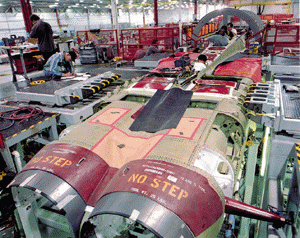 Fighter (JSF) Program
is a priority-one Defense Department major acquisition. JSF
objectives are to speed intro duction of new technologies,
reduce development costs, achieve manufacturing economies of
scale, and ensure compatibility among the services for the next
generation of aviation strike systems. The first operational
aircraft (a Marine Corps variant) will reach the Fleet in FY
2008. There is an important international element in the JSF
Program as well, with the United Kingdom participating in design
and development initiatives and several other allied air forces
keenly interested in future affiliation.
Fighter (JSF) Program
is a priority-one Defense Department major acquisition. JSF
objectives are to speed intro duction of new technologies,
reduce development costs, achieve manufacturing economies of
scale, and ensure compatibility among the services for the next
generation of aviation strike systems. The first operational
aircraft (a Marine Corps variant) will reach the Fleet in FY
2008. There is an important international element in the JSF
Program as well, with the United Kingdom participating in design
and development initiatives and several other allied air forces
keenly interested in future affiliation.
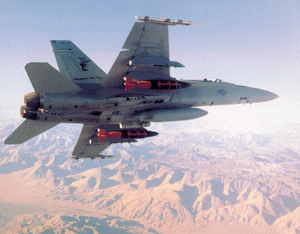

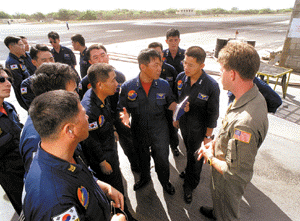
SUMMARY
